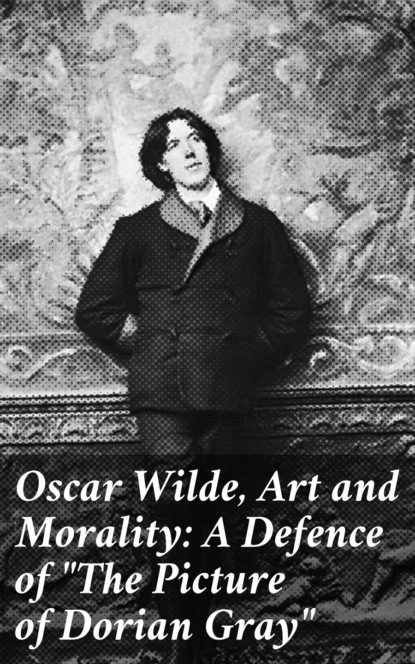Həcm 140 səhifə
0+
Oscar Wilde, Art and Morality: A Defence of "The Picture of Dorian Gray"

Kitab haqqında
In «Oscar Wilde, Art and Morality: A Defence of 'The Picture of Dorian Gray,'» various scholars converge to examine the intricate relationship between Wilde's artistry and the moral dilemmas that permeate his seminal novel. This collection of essays offers a nuanced analysis of Wilde's aesthetic philosophy, situating «The Picture of Dorian Gray» within the context of late Victorian debates surrounding morality in art. The contributors employ a range of literary styles, from rigorous textual analysis to broader cultural critiques, illuminating Wilde's complex interplay between ethical concerns and artistic freedom, while also reflecting on the broader implications of his work on contemporary thought. The anthology draws on the rich tapestry of Oscar Wilde's life and philosophy. Known for his wit and flamboyance, Wilde faced immense societal pressure and condemnation for his views on aesthetics and morality. His personal experiences, including his challenges with Victorian society's stringent moral codes, deeply influenced his exploration of these themes in literature, making this book an invaluable resource for understanding his provocative perspectives in an often hypocritical era. For students, scholars, and lovers of literature alike, this compilation serves as a critical resource that dissects the moral questions surrounding Wilde's enduring legacy. It invites readers to engage with the provocative ideas presented, offering fresh insights into the consequences of viewing art through a moral lens.
In this enriched edition, we have carefully created added value for your reading experience:
– An Introduction draws the threads together, discussing why these diverse authors and texts belong in one collection.
– Historical Context explores the cultural and intellectual currents that shaped these works, offering insight into the shared (or contrasting) eras that influenced each writer.
– A combined Synopsis (Selection) briefly outlines the key plots or arguments of the included pieces, helping readers grasp the anthology's overall scope without giving away essential twists.
– A collective Analysis highlights common themes, stylistic variations, and significant crossovers in tone and technique, tying together writers from different backgrounds.
– Reflection questions encourage readers to compare the different voices and perspectives within the collection, fostering a richer understanding of the overarching conversation.
